A lot of homeowners only schedule air conditioning repair when their system completely stops working. However, the fact is your air conditioner will often give warning signs before a complete breakdown that results in new AC installation. Recognizing the symptoms and calling the experts at Dearing's Service & Solutions to handle issues early can save you from the hassle and expense of a full AC system failure. More importantly, it can prevent the discomfort of having your AC stop working on a really hot day.
When you call us, our team of highly trained HVAC technicians will identify the problem, resolve the issue and get your system running again. We have years of experience and provide high-quality, budget-friendly AC service for our community.
Why wait until your cooling system stops working? Skip all that hassle by calling today to schedule AC repair in Huntingburg, IN, from Dearing's Service & Solutions.
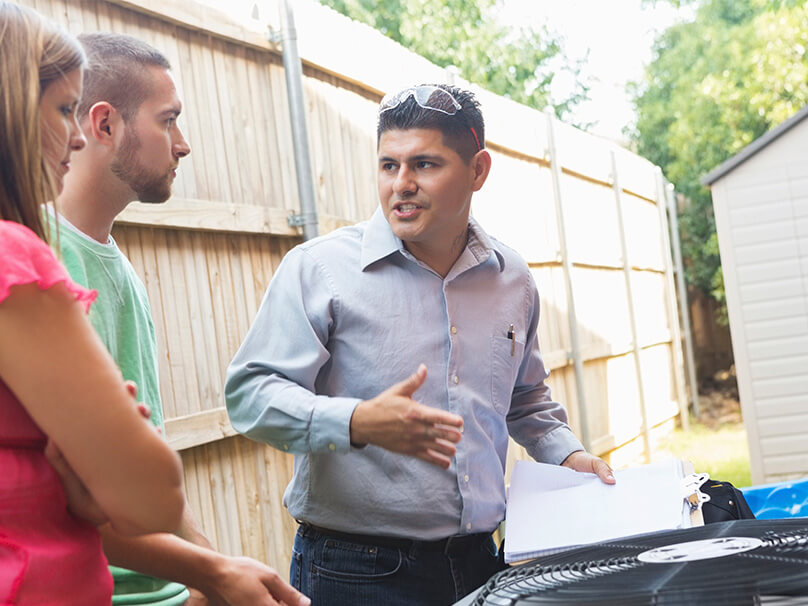
How to Know if You Need AC Repair
How can you tell if your air conditioner needs repair? From unusual smells to a lack of cool air coming from the vents, there are many indicators that your cooling system has is malfunctioning and needs evaluation or repair.
Here are some red flags that trouble may be on the way and it’s time to call an HVAC technician from Dearing's Service & Solutions:
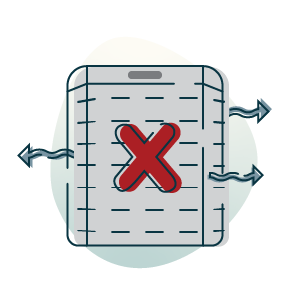
AC is blowing hot air
If hot air is blowing out of your AC unit instead of cool air, or if the air isn’t as cool as normal, it’s a wise decision to call us for professional cooling service.
Air conditioning frequently turns on and off
If your AC system starts and stops instead of running consistently, it could be a warning of potential issues and should be looked at by one of our certified HVAC technicians.
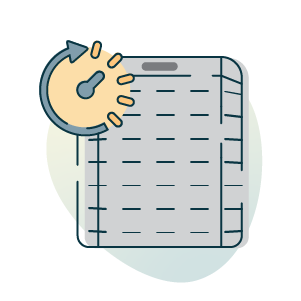
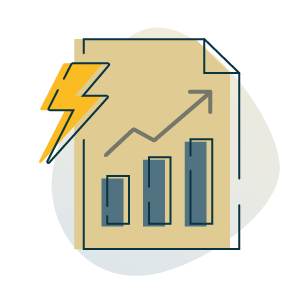
Cooling bills spike for seemingly no reason
A sudden spike in your energy usage can be a signal your AC unit is losing efficiency, which means it uses more energy to maintain a comfortable indoor temperature and needs AC maintenance or repair.
Unusual smells are coming from your AC
Air conditioners aren’t supposed to smell. Weird smells coming from your AC unit should be checked by an expert, as they can be a symptom of trouble like mold, mildew or even electrical issues.
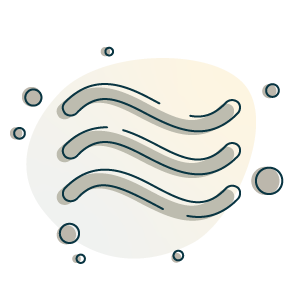
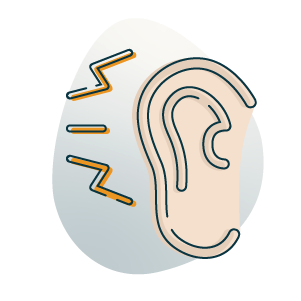
AC starts making noises
If you hear odd noises when your air conditioning is running — banging, grinding or squealing, to name just a few — it’s important to call for professional HVAC service to evaluate your system.
Request Pro Air Conditioner Repair Today
When you have to have air conditioning service fast, get in touch with the HVAC repair specialists at Dearing's Service & Solutions. We’ll quickly figure out the problem when your equipment won’t start or give sufficient chilled air.
